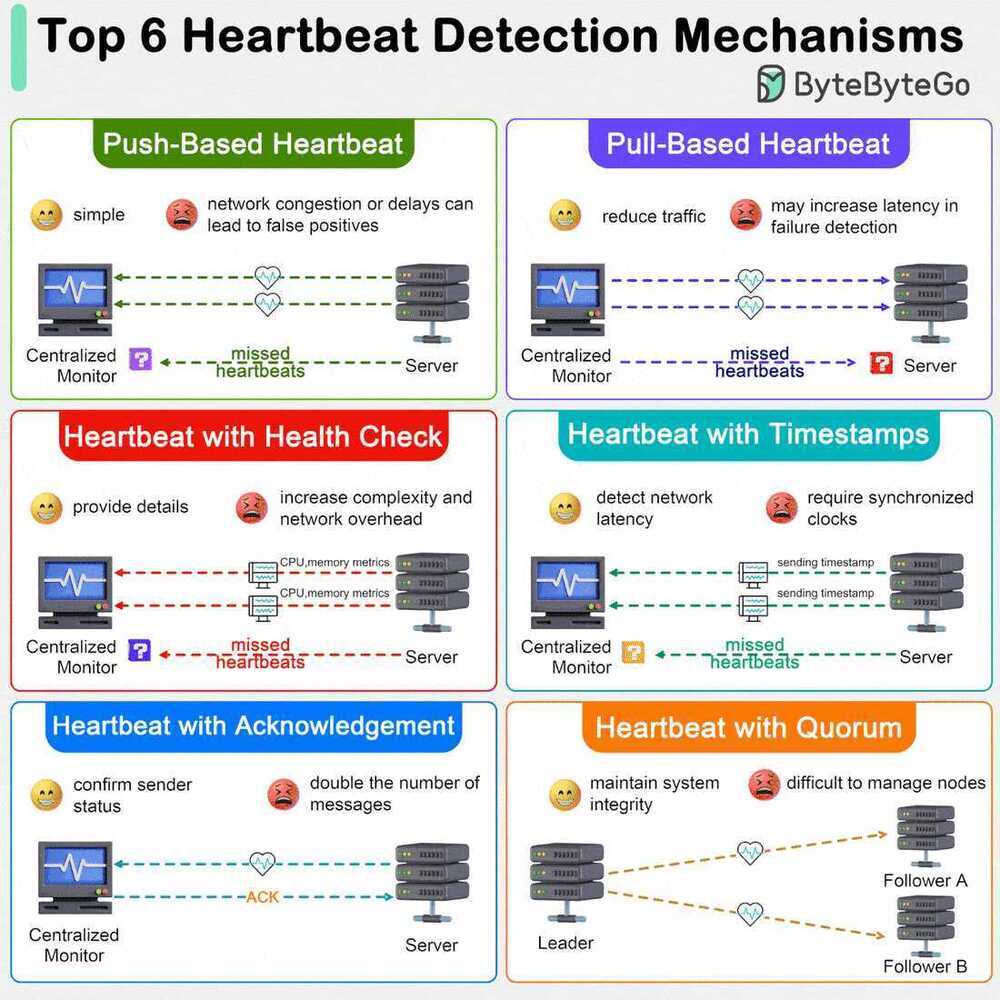Fallacies and Problems
Fallacies of distributed computing
The fallacies of distributed computing are a set of assertions made by L Peter Deutsch and others at Sun Microsystems describing false assumptions that programmers new to distributed applications invariably make.
The fallacies are:
- The network is reliable.
- Latency is zero.
- Bandwidth is infinite.
- The network is secure.
- Topology doesn't change.
- There is one administrator.
- Transport cost is zero.
- The network is homogeneous.
The effects of the fallacies
- Software applications are written with little error-handling on networking errors. During a network outage, such applications may stall or infinitely wait for an answer packet, permanently consuming memory or other resources. When the failed network becomes available, those applications may also fail to retry any stalled operations or require a (manual) restart.
- Ignorance of network latency, and of the packet loss it can cause, induces application- and transport-layer developers to allow unbounded traffic, greatly increasing dropped packets and wasting bandwidth.
- Ignorance of bandwidth limits on the part of traffic senders can result in bottlenecks.
- Complacency regarding network security results in being blindsided by malicious users and programs that continually adapt to security measures.
- Changes in network topology can have effects on both bandwidth and latency issues, and therefore can have similar problems.
- Multiple administrators, as with subnets for rival companies, may institute conflicting policies of which senders of network traffic must be aware in order to complete their desired paths.
- The "hidden" costs of building and maintaining a network or subnet are non-negligible and must consequently be noted in budgets to avoid vast shortfalls.
- If a system assumes a homogeneous network, then it can lead to the same problems that result from the first three fallacies.
https://en.wikipedia.org/wiki/Fallacies_of_distributed_computing
https://medium.com/baseds/foraging-for-the-fallacies-of-distributed-computing-part-1-1b35c3b85b53
https://medium.com/baseds/foraging-for-the-fallacies-of-distributed-computing-part-2-b8ff29beed56
How do we detect node failures in distributed systems?

Heartbeat mechanisms are crucial in distributed systems for monitoring the health and status of various components. Here are several types of heartbeat detection mechanisms commonly used in distributed systems:
Push-Based Heartbeat
The most basic form of heartbeat involves a periodic signal sent from one node to another or to a monitoring service. If the heartbeat signals stop arriving within a specified interval, the system assumes that the node has failed. This is simple to implement, but network congestion can lead to false positives.
Pull-Based Heartbeat
Instead of nodes sending heartbeats actively, a central monitor might periodically "pull" status information from nodes. It reduces network traffic but might increase latency in failure detection.
Heartbeat with Health Check
This includes diagnostic information about the node's health in the heartbeat signal. This information can include CPU usage, memory usage, or application-specific metrics. It Provides more detailed information about the node, allowing for more nuanced decision-making. However, it Increases complexity and potential for larger network overhead.
Heartbeat with Timestamps
Heartbeats that include timestamps can help the receiving node or service determine not just if a node is alive, but also if there are network delays affecting communication.
Heartbeat with Acknowledgement
The receiver of the heartbeat message must send back an acknowledgment in this model. This ensures that not only is the sender alive, but the network path between the sender and receiver is also functional.
Heartbeat with Quorum
In some distributed systems, especially those involving consensus protocols like Paxos or Raft, the concept of a quorum (a majority of nodes) is used. Heartbeats might be used to establish or maintain a quorum, ensuring that a sufficient number of nodes are operational for the system to make decisions. This brings complexity in implementation and managing quorum changes as nodes join or leave the system.